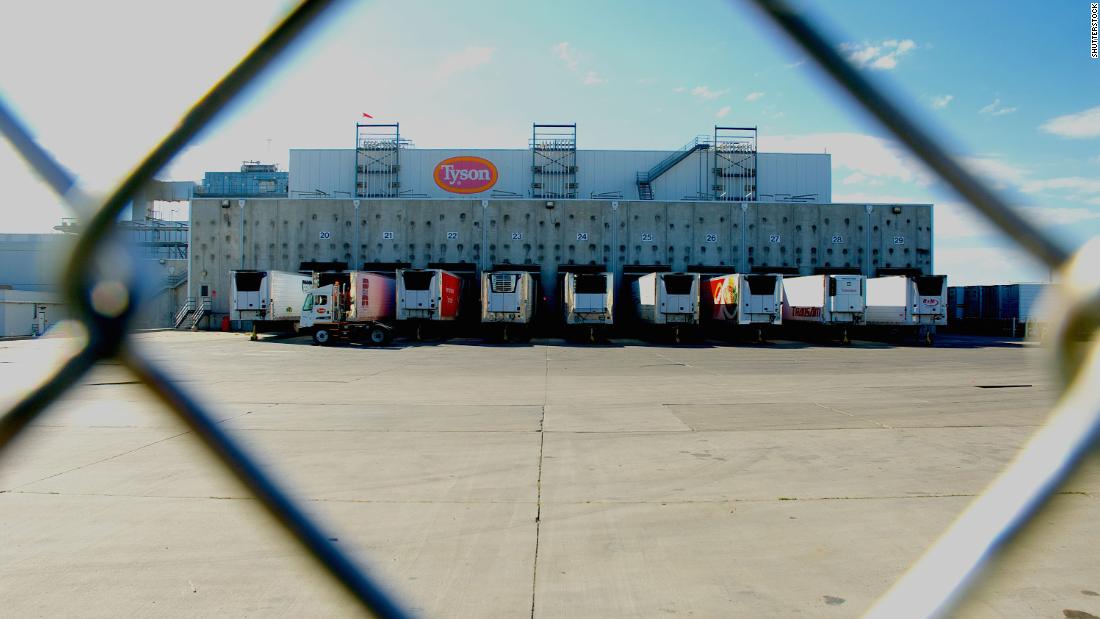Analysis: This is what coronavirus capitalism looks like
Here’s what Tyson wrote: “The government bodies at the national, state, county and city levels must unite in a comprehensive, thoughtful and productive way to allow our team members to work in safety without fear, panic or worry.” He added: “The private and public sectors must come together. As a country, this is our time to show the world what we can do when working together.”
Those words sound very good. It is time to work together to keep the country’s food supply chain running, to keep the American people employed, safely, and to give money earmarked for small businesses to small businesses. But when you read the fine print, it feels like a lot of companies are still just trying to continue making a buck at any cost.
“Once we found out the funds from the program had been depleted, we repaid the loan so that financial support would be directed to those most in need,” they said in a statement.
It’s great they returned the money, but there’s plenty of proof of a crisis in capitalism just in the simple fact that the Lakers applied in the first place.
Protecting their bottom line. For every feel-good corporate message about how we’re all in this together, it’s clear that from a corporate perspective, that’s just plain not true.
“We may have to think in terms of some different ways to put money in people’s pockets,” she said during an interview on MSNBC. “Others have suggested a minimum income, a guaranteed income for people. Is that worthy of attention now? Perhaps so.”
The unemployment insurance system is maxed out, even as people struggle to apply at all. The small business loan system feels inadequate and abused, at best. Oh, and millions of people are still waiting for their stimulus checks. But wait, there’s more.
Prepare for Depression-level unemployment
A bit of history: The Great Depression was actually two downturns. The National Bureau of Economic Research is the official bookkeeper of booms and busts in the economy. It found a sharp downturn from 1929 to 1933, when GDP fell 27%, and again from 1937 to 1938. Most economists don’t think the economy returned to something considered “normal” until 1940 or 1941.
There is an important difference today. America has a safety net this time. How well it works will decide if this is a depression in name only.
To reopen or not to reopen?
In Douglasville, Georgia, Eric Greeson said his family’s barbershop had more business than they thought they would but not as much as they wished. By about 1:40 p.m. on Friday, he said the shop had nine clients, which was not that far off from a normal Friday.
He said he was “kind of shocked” by the governor’s decision to reopen, but he decided to do so in part so he didn’t fall behind his competition.
“You know, we figure if we don’t open, the shop down the street will, and then we lose that business. So you’re kind of stuck in a position where if they say you can open, you open,” he said.
![]()


